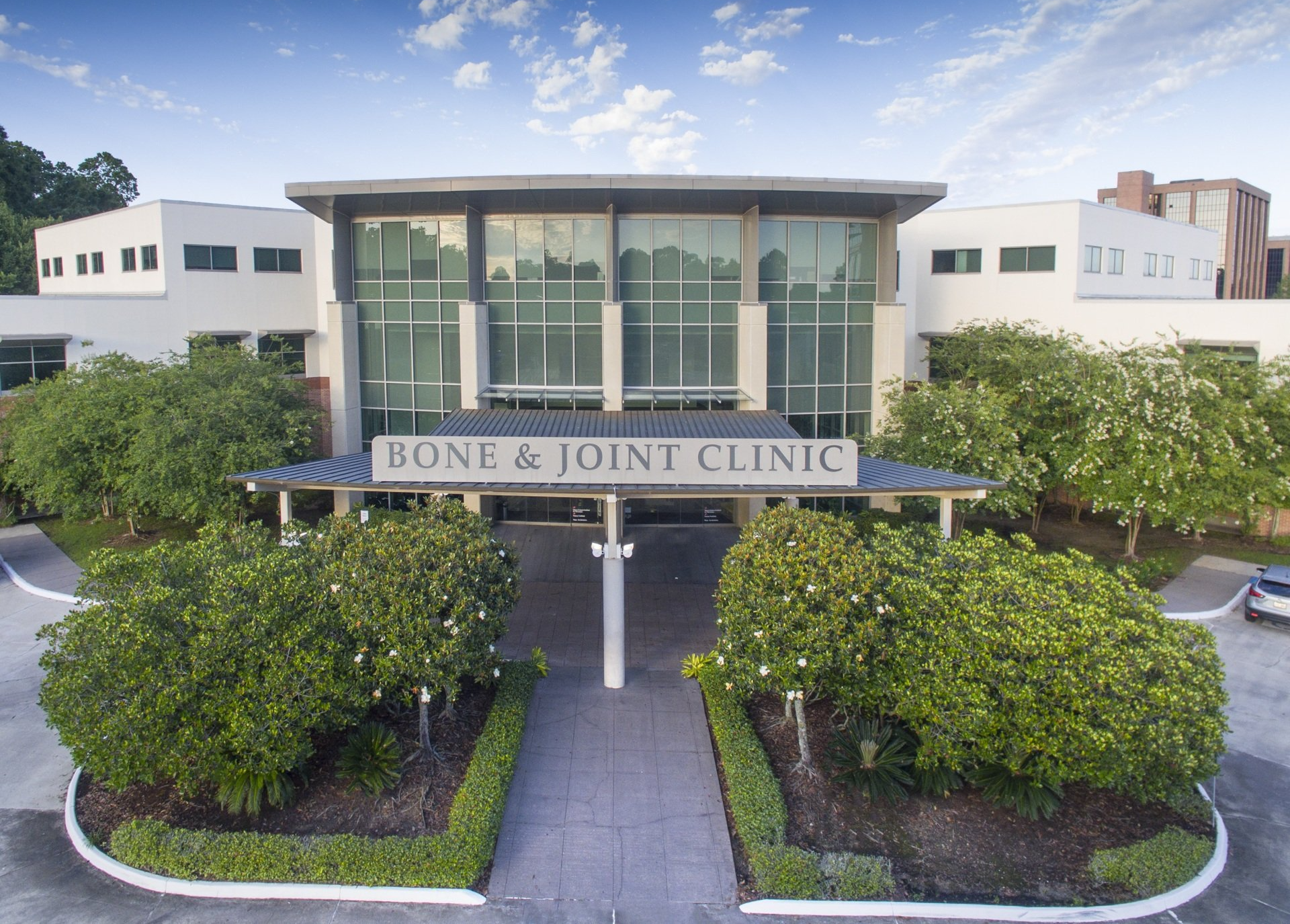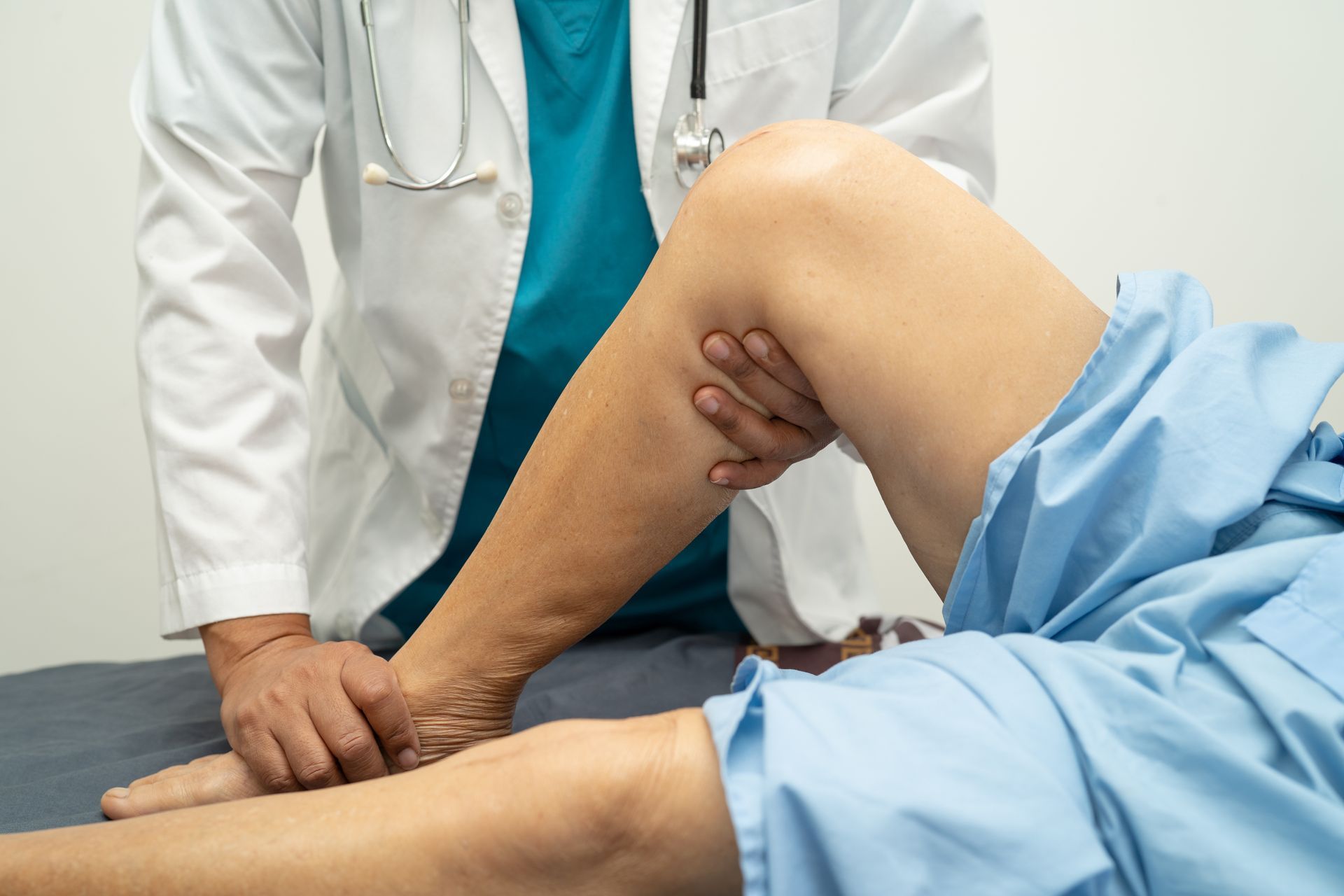Bunions, also known as hallux valgus, is a common foot condition that can be extremely painful. They develop on the side of the foot as a result of the big toe diverging in the direction of the other toes. There exist various non-surgical techniques to mitigate pain and decelerate the advancement of bunions, although surgical intervention is frequently employed in more severe scenarios.
What Causes Bunions?
It’s important to understand what bunions are and how they develop. Bunions are caused by a combination of genetic, environmental, and lifestyle factors. They are often associated with:
- Genetics: A family history of bunions increases the likelihood of developing them.
- Footwear: Wearing tight, narrow, or high-heeled shoes can exacerbate the condition.
- Foot Mechanics: Abnormal foot structure and function, such as flat feet or excessive pronation, can contribute to bunion formation.
Non-Surgical Treatment Options for Bunions
Non-surgical treatments focus on relieving pain, reducing inflammation, and preventing further progression of deformity. Here are some effective strategies to prevent bunions.
Proper Footwear for Preventing Bunions
- Choose the Right Shoes: Select shoes with a wide toe box that allows ample room for your toes. Avoid high heels and narrow, pointed shoes.
- Custom Orthotics: Insoles and orthotic devices can provide better arch support, distribute pressure more evenly, and improve overall foot mechanics.
Bunion Padding and Taping
- Bunion Pads: Gel or moleskin pads can cushion the bunion and reduce friction, providing immediate relief from pain.
- Taping: Taping the foot can help realign the toe and reduce strain on the bunion.
Anti-Inflammatory Measures for Bunions
- Ice Therapy for Bunions: Applying ice packs to the bunion can reduce inflammation and numb the area, providing temporary pain relief.
- Medications to Relieve Bunion Pain: Over-the-counter nonsteroidal anti-inflammatory drugs (NSAIDs) like ibuprofen can help manage pain and swelling.
Physical Therapy and Exercises to Prevent and Treat Bunions
- Foot Stretching and Strengthening: Specific exercises and physical therapy can help improve flexibility and strengthen the muscles around the bunion, promoting better foot alignment.
- Foot Range of Motion Exercises: Gentle stretches can maintain joint mobility and alleviate stiffness.
Night Splints and Toe Separators for Bunion Relief
- Night Splints: These devices help keep the big toe straight while you sleep, reducing pain and slowing the progression of the bunion.
- Toe Separators: Wearing toe spacers can help realign the toes and prevent them from rubbing against each other.
Lifestyle Modifications to Prevent and Treat Bunions
- Weight Management: Maintaining a healthy weight can reduce pressure on the feet and prevent the worsening of bunions.
- Activity Adjustments: Avoid activities that put excessive stress on the feet, such as running or standing for long periods.
When Should You See a Podiatrist for Bunions?
While non-surgical treatments can provide significant relief, it’s important to consult a doctor if:
- The bunion causes severe pain that interferes with daily activities.
- There is noticeable swelling, redness, or warmth, indicating a possible infection or inflammation.
- Conservative treatments do not provide sufficient relief.
A podiatrist or orthopedic specialist can offer tailored advice, prescribe custom orthotics, and suggest further interventions if necessary.
Non-surgical methods for bunion relief can effectively manage pain and prevent the condition from worsening. If you’ve been experiencing foot pain from bunions or any other condition, schedule an appointment with the expert orthopedists at the Bone and Joint Clinic of Baton Rouge.


7301 Hennessy Blvd.
Suite 200
Baton Rouge, LA 70808
tel: (225) 766-0050
fax: (225) 766-1499
Bone & Joint Clinic of Baton Rouge, Inc. complies with applicable Federal civil rights laws and does not discriminate on the basis of race, color, national origin, age, disability or sex.
Click to view our notice.
Bone & Joint Clinic of Baton Rouge | All Rights Reserved.


